Apollo 11 was the epitome of a world-defining event. Everybody who was alive in 1969 remembers Neil Armstrong saying, “That’s one small step for [a] man, one giant leap for mankind.” Similarly, the next year, the world focused on the crisis of Apollo 13 while it was ongoing, and that mission got a second shot at immortality thanks to the hugely popular 1995 Tom Hanks film directed by Ron Howard.
Apollo 8 should be equally well remembered. As Charles Murry and Catherine Bly Cox wrote in their brilliant 1989 book Apollo, it can be argued that it was an even more historic mission than the first manned moon landing:
Reflecting on it years later, Mike Collins wondered whether the most historic moment in the Apollo Program might have occurred not on July 20, 1969, when Neil Armstrong and Buzz Aldrin became the first men on the moon, but at 9:41 A.M. C.S.T., December 21, 1968. On that morning, Collins was CapCom. If it hadn’t been for a bone spur requiring surgery the preceding July, Collins would have been up there himself—he had been a crew member on Apollo 8 until the surgery had made him lose too much training time. Collins had been reassigned to a later mission, Apollo 11.
Now, they were two hours and fifty minutes into the flight of Apollo 8, carrying Frank Borman, Jim Lovell, and Bill Anders. So far, George Low’s imaginative leap had been vindicated. There had been no pogo during launch, no premature engine shutdowns, no problems with the SLA. The spacecraft had been checked out in orbit and its attitude had been meticulously aligned and double-checked for the next step, the procedure known as translunar injection. As CapCom, it fell to Collins to pass up the word. “Apollo 8,” Collins said into his headset. “You are go for T.L.I.” From the spacecraft, Jim Lovell answered, “Roger, understand. We are go for T.L.I.”
Collins, a man with a sense of both poetry and history, felt even as he spoke that the words weren’t enough. Here is one of the most historic things we’ve ever done, may ever do, he thought to himself, and there ought to be some recognition of it. And what do I say? “Apollo 8, you are go for T.L.I.” But in the MOCR, that’s the way you said, “Mankind, the time has come to leave your first home.” The S-IVB relit as programmed, firing for five minutes. It increased the spacecraft’s speed from 25,000 to 33,500 feet per second, sufficient to take the spacecraft out of earth’s gravitational field.
1968: A Lunar Odyssey
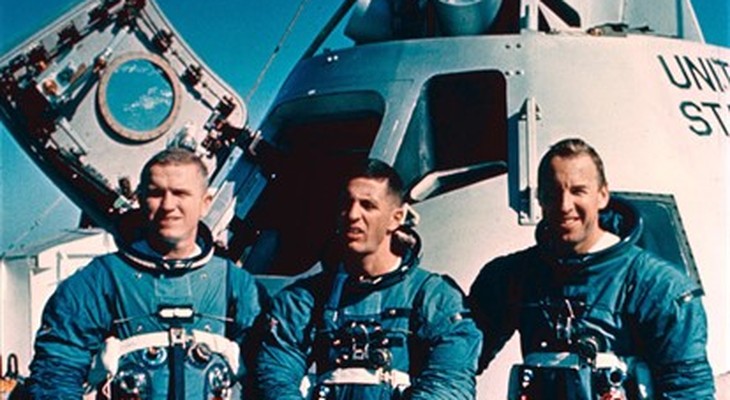
Apollo 8 was a ballsy mission, and its success did much to help Apollo 11 make JFK’s deadline of landing a man on the moon before the decade was over. Crewed by astronauts Frank Borman, William Anders, and James Lovell, it was the first manned test of the 36-story tall Saturn V rocket — but with no lunar module in the third stage. If the faulty wiring that caused the service module to explode during Apollo 13 had occurred on this mission, the astronauts would have very likely died in space. The mission came with the tragic 1967 launchpad fire that had killed the men of Apollo 1 fresh in the minds of everyone at NASA.
Frank Borman of Apollo 8 was assigned by NASA to be the main astronaut representative during the investigation of the accident. Borman would go on to find numerous problems with the original design of the Apollo command module, which needed to be remedied before Apollo 7, the rescheduled first manned mission, which would launch on October 11, 1968.
First to the Moon, shot in 2018, funded via Kickstarter, and currently streaming on Amazon Prime Video, is a quite serviceable and excellently filmed two-hour documentary of Apollo 8. As of the date of this article’s publication, all three astronauts are still very much alive, and in 2018 were eager to discuss at length how they became pilots, joined NASA, and were assigned to this mission. The documentary begins with a digital recreation of Apollo 8’s most famous photo, that of the entire earth as seen from the moon, somewhat reminiscent of some of the shots from another huge space-oriented project released the same year as Apollo 8’s flight, Stanley Kubrick’s 2001: A Space Odyssey.
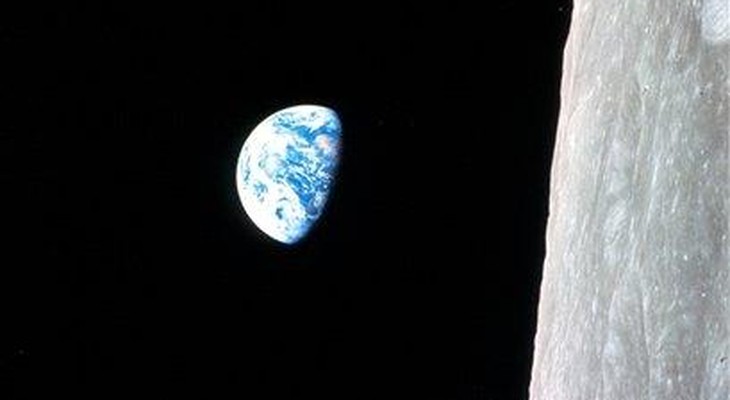
Accompanied by pounding drums, the documentary then smash-cuts to lots of stock footage of American napalm strikes in Vietnam, and the rioters back home. Later in the documentary, the assassinations of Martin Luther King and Robert Kennedy would also be mentioned, to complete what was happening on Earth in one of America’s worst years since the Civil War. (2020 sure seemed determined to give 1968 a run for its money in the annus horribilis department though.)
After the stock footage, white text on black title cards outline the perilous times in which Apollo 8 flew, followed by the names of the astronauts, and then beautifully restored footage of their mighty Saturn V on the pad at night. Voiceover narration from a news broadcast explains the broad contours of the mission, as the documentary’s production credits roll. The NASA countdown is spoken, followed not by the launch, but by a black card with the title of the documentary.
Before the moon mission is documented, the film takes an extensive amount of time explaining to the audience the background of each astronaut, and how he went from being a military pilot to joining NASA. But not before we see the city of Chicago in silhouette and then a cut to a closeup of a street sign there that reads “* * HONORARY * * JAMES A. LOVELL JR. WAY,” followed by Lovell himself in 2018 in a crisp gray business suit and checked tie explaining to an unseen narrator his childhood dreams of flight.
Frank Borman is seen next, describing his love of aviation-themed fiction as a young boy. William Anders is then shown, at approximately age 85, confidently at the controls of his propeller-driven Beechcraft T-34 Mentor USAF training plane. Anders explains how his father was a United States Navy lieutenant stationed in China in the 1930s when Japan invaded China during the Second Sino-Japanese War:
Anders was born in Hong Kong, China on October 17, 1933. His father, Lt. Arthur Anders, was an American Naval officer assigned to the USS Panay, which was protecting American personnel and interests on the Yangtze River in China. When the Panay’s Captain was incapacitated by the first bombs, a wounded Arthur Anders was the first American Naval Officer to order “Open Fire” on the Japanese Imperial Army on 12 December, 1937 as his crew turned to defend the Panay from Japanese attack. Arthur Anders was awarded the Navy Cross and Purple Heart for bravery during the event that became known as “The Panay Incident.” A young William Anders, on shore with his mother Muriel, still remembers the bombs being dropped on the town of Nanking by Japanese aircraft.
Lovell then tells his unseen (and unheard) interviewer that in high school, he had read Robert Goddard’s 1919 book on pioneering rocketry techniques, A Method of Reaching Extreme Altitudes, which began his interest in rocketry, including building early solid-fueled model rockets. Borman describes building model airplanes before taking his first flight lessons. Anders explains flying for the first time in the rear seat of a crop-dusting biplane as a teenager, with the pilot performing a loop “relatively close to the ground.” When Anders returned later that afternoon, the crop-dusting pilot was dead after his next flight went much closer to the ground.
While Apollo 8 was Anders’ first and only space flight, Lovell and Borman had previously flown together for two weeks in the ultra-cramped Gemini 7, and Lovell would go on to share Gemini 12 with Buzz Aldrin.
Once Apollo 8 begins its mission, CGI effects are used to fill in the blanks where there is no historic footage available. These effects are sharp and clear, but they still look digital to remind you of their supporting role; the documentary isn’t trying to be another Apollo 13.
God and Man at NASA
Sadly though, First to the Moon falls down during what should be its most crucial scene: when on Christmas Eve, the astronauts read from the Book of Genesis. The historic audio of the astronauts is accompanied here by a distracting fast moving slideshow of moon craters. Afterward, there’s no comment about American Atheists founder Madalyn Murray O’Hair declaring a fatwah against NASA in response. As the AP noted in 2013, “After the Christmastime broadcast, atheist leader Madalyn Murray O’Hair filed a lawsuit against NASA, alleging First Amendment violations. But the case was dismissed, and the U.S. Supreme Court declined to hear an appeal.” On the right, Ayn Rand was similarly apoplectic. Unfortunately, there’s no mention in First to the Moon of the controversy that the crew of Apollo 8 birthed. While O’Hair’s case was dismissed, it likely caused NASA to become much more secular with its communications to the world.
As Frank Borman tells his interviewer, the crew received a massive number of telegrams after they returned to earth, but the most memorable came from someone who wrote, “Congratulations to the crew of Apollo 8. You saved 1968.”
Five centuries later, we only remember two people from the 15th century: Christopher Columbus, and Queen Isabella, who bankrolled his exploratory mission to the new world. In a similar amount of time, we may only remember one event from the 20th century. It will probably be Apollo 11’s moon landing, but Apollo 8 deserves to be remembered as well. While First to the Moon isn’t a perfect documentary, from its title onward, it reminds us of when men first left planet Earth for another new world to begin exploring. “Or as FIDO Jay Greene put it, Apollo 8 was the time that they stopped ‘just running around in circles. Apollo 8 went some place,’” Murray and Cox wrote in Apollo.


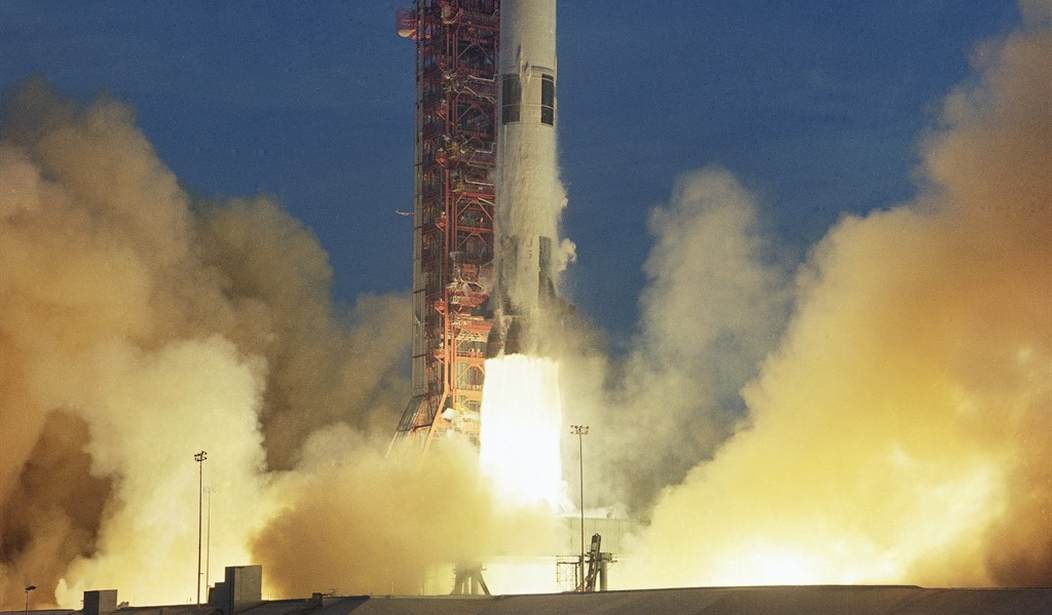


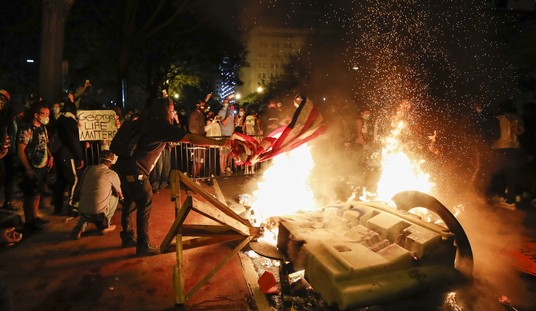


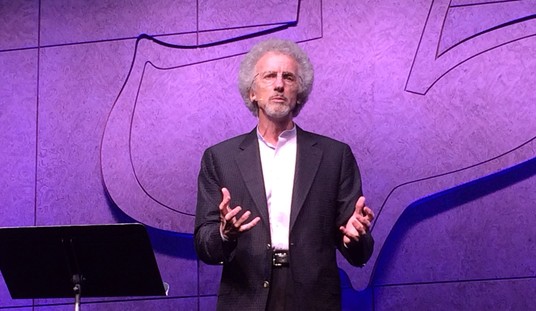
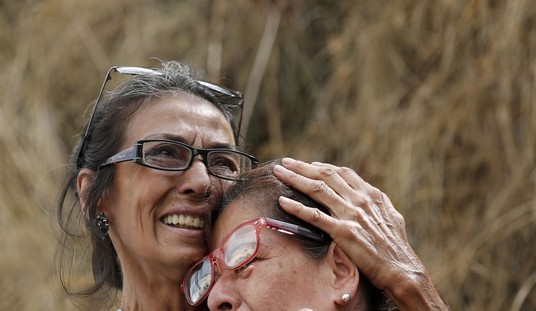
Join the conversation as a VIP Member